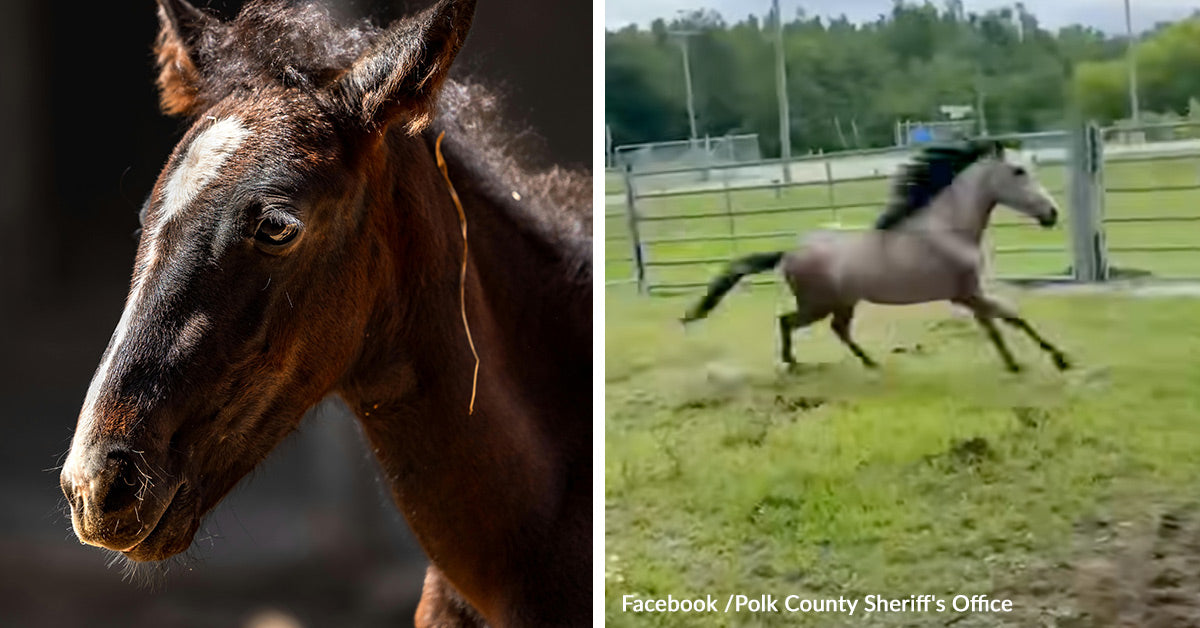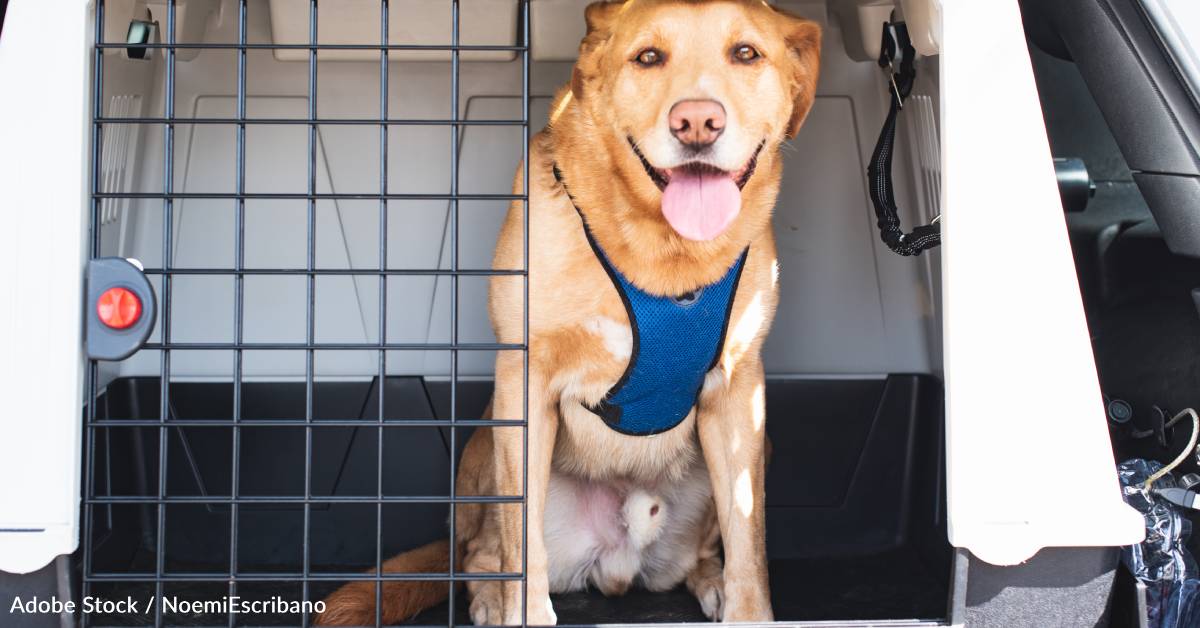Doggie IQ: Unleashing the Intelligence of our Furry Friends


Understanding Canine Intelligence
Defining Doggie IQ
Canine intelligence, often referred to as “Doggie IQ,” isn’t simply about following commands or performing tricks. It encompasses a dog’s ability to learn, adapt, and interact with their environment. For example, a border collie may excel in agility due to its quick thinking and problem-solving skills, showcasing a higher “IQ” in active tasks.
Types of Canine Intelligence
There are three primary types of canine intelligence:
- Instinctive Intelligence: This is innate ability, such as herding or hunting.
- Adaptive Intelligence: Refers to how well dogs can solve problems independently.
- Working and Obedience Intelligence: Relates to the ability to learn commands and perform tasks, often assessed through training.
Understanding these types can help dog owners better appreciate their furry companions and tailor training methods accordingly.

Factors Influencing Dog Intelligence
Genetics and Breed Characteristics
Genetics plays a significant role in determining a dog’s intelligence. For instance, certain breeds like the Poodle and German Shepherd are known for their high trainability. Personal anecdotes reveal that owners of working breeds often notice their dogs picking up commands quickly, showcasing their natural intelligence.
- Herding Breeds: Such as Border Collies excel in problem-solving.
- Toy Breeds: May show less aptitude for complex tasks but can still surprise with adaptability.
Environmental Factors
In addition to genetics, a dog’s environment greatly influences cognitive development. Dogs raised in stimulating settings tend to thrive. For example, dogs that engage in interactive play and explorative walks tend to develop more adaptive intelligence. Key environmental factors include:
- Socialization: Exposure to different environments can enhance learning.
- Training: Consistent training fosters cognitive growth.
- Enrichment Activities: Puzzle toys or agility courses can boost problem-solving skills.
Considering these factors can help dog owners create environments that nurture their pet’s intelligence.

Assessing Doggie IQ
IQ Testing for Dogs
Assessing a dog’s intelligence can be both fun and insightful. Various IQ tests, similar to puzzles for humans, challenge dogs to solve problems effectively. For example, an easy test involves hiding a treat under one of several cups and observing how quickly they find it.
- Multiple Cups Test: Measures problem-solving ability.
- Obstacle Course: Evaluates agility and decision-making.
These tests can reveal a dog’s unique cognitive skills.
Canine Cognitive Abilities
Canine cognitive abilities extend beyond simple tasks. Dogs showcase impressive skills in areas like memory, reasoning, and communication. Personal experiences, such as a dog’s ability to remember commands over time, highlight their capacity for learning. Key abilities include:
- Memory: Dogs can recall commands and routines.
- Learning: They often learn via imitation or association.
- Social Intelligence: Dogs excel at reading human emotions, further enhancing their ability to interact.
Understanding these cognitive abilities allows owners to tailor training to their dog’s strengths.

Nurturing Canine Intelligence
Mental Stimulation Activities
Nurturing a dog’s intelligence involves providing engaging mental stimulation activities. Dogs thrive when challenged, much like humans do. Simple games, such as hide-and-seek or interactive puzzle toys, can make learning enjoyable.
- Nose Work: Utilize their natural scenting abilities to find hidden treats.
- Puzzle Toys: Encourage critical thinking by requiring dogs to figure out how to access rewards.
These activities not only enhance intelligence but also strengthen the bond between dog and owner.
Training Techniques for Smarter Dogs
Effective training techniques are essential for developing a dog’s cognitive skills. Using positive reinforcement can significantly enhance learning. For example, training sessions that include praise or treats keep dogs motivated.
Key techniques include:
- Clicker Training: Helps reinforce good behavior with a distinct sound.
- Command Variations: Mixing familiar commands with new ones keeps the dog engaged.
By incorporating these methods, pet owners can cultivate smarter, more adaptable companions.

Real-Life Applications of Dog Intelligence
Working Dogs and Their Skills
The intelligence of dogs manifests in numerous real-life applications, particularly in working dogs. These remarkable canines perform specific tasks that benefit humans in various fields. For example, police dogs utilize their keen noses to detect drugs or explosives, showcasing impressive problem-solving skills.
- Herding Dogs: Exhibit remarkable instinctive intelligence by managing livestock.
- Search and Rescue Dogs: Use their strong sense of smell to locate missing persons.
Witnessing these working dogs in action is a testament to their exceptional abilities.
Service Dogs and Training Processes
Service dogs, trained to assist individuals with disabilities, further demonstrate the practical use of canine intelligence. Their training processes are rigorous yet fascinating. For instance, a service dog may learn tasks like fetching medication or alerting owners to medical issues.
Key aspects of service dog training include:
- Socialization Skills: Exposure to various environments to ensure adaptability.
- Task-specific Training: Focuses on the unique needs of their handlers.
These dedicated dogs not only improve their owners’ quality of life but also showcase the incredible capabilities of canine intelligence.




